
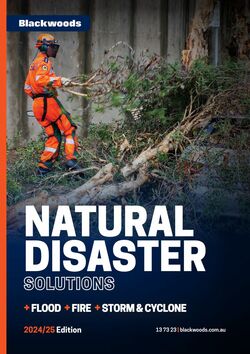
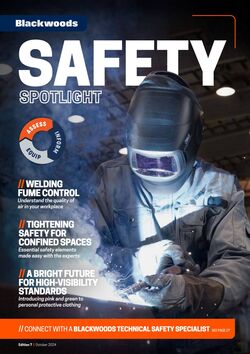

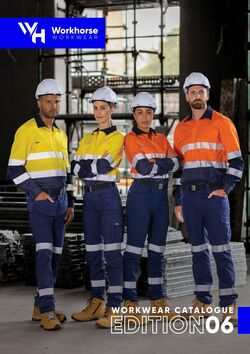
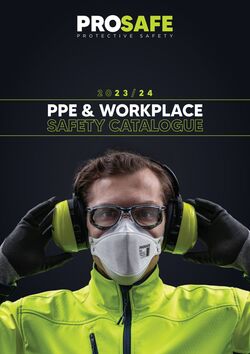
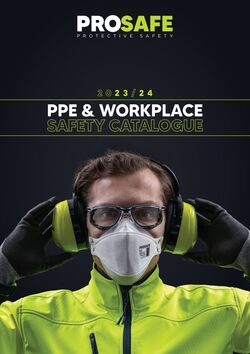

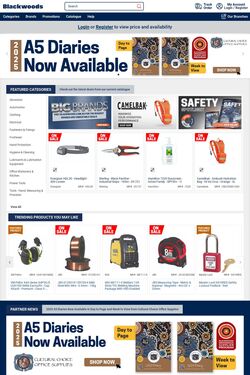

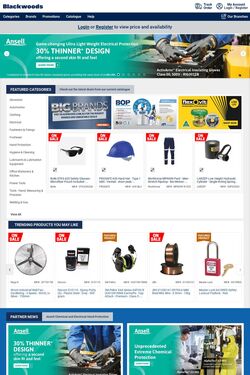
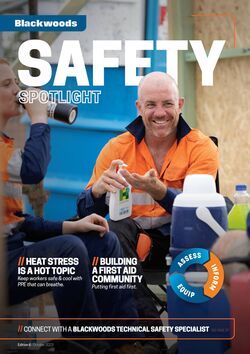

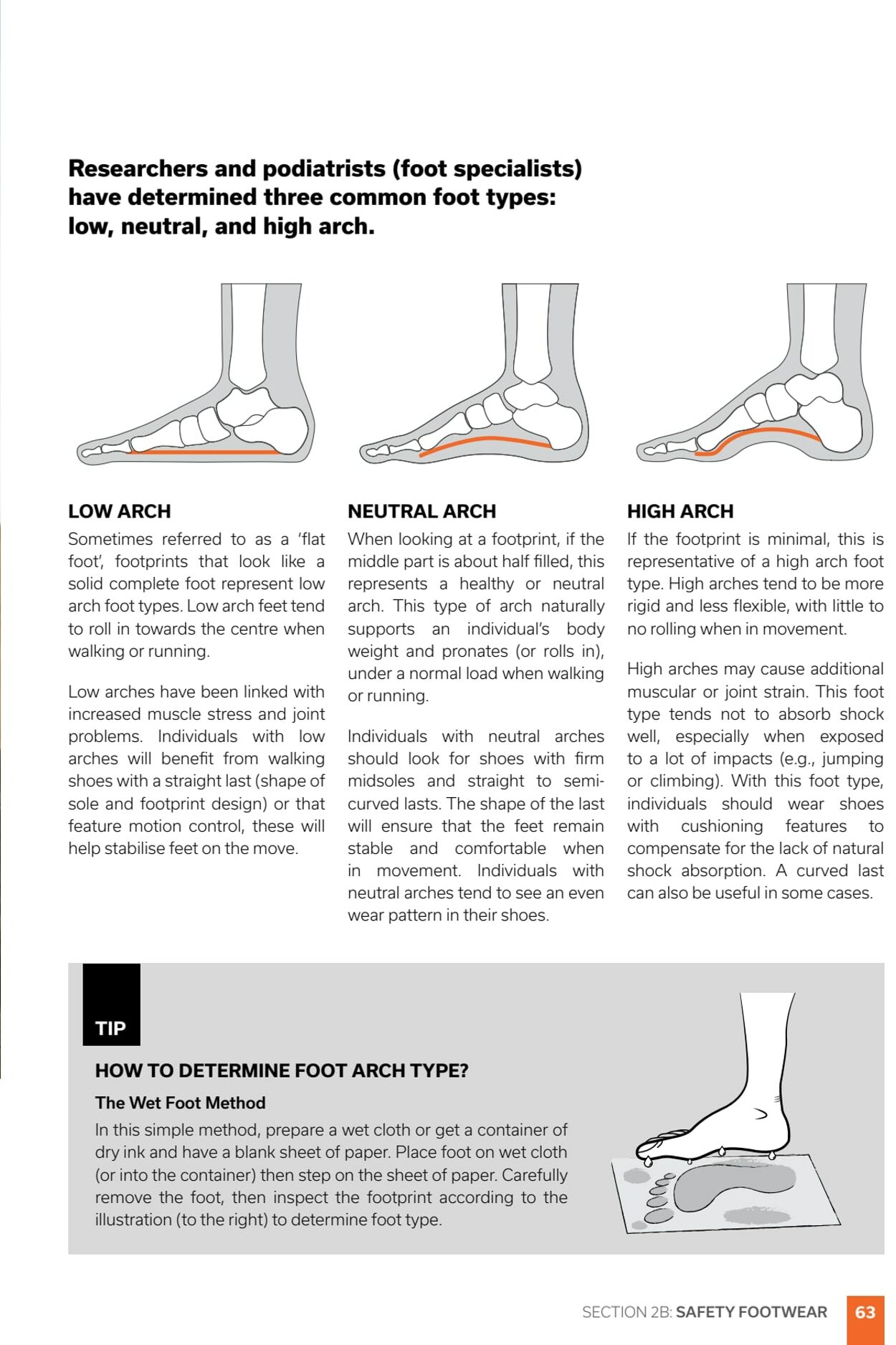
Products in this catalogue
Researchers and podiatrists (foot specialists) have determined three common foot types: low, neutral, and high arch. a LOW ARCH Sometimes referred to as a ‘flat foot’, footprints that look like a solid complete foot represent low arch foot types. Low arch feet tend to roll in towards the centre when walking or running. Low arches have been linked with increased muscle stress and joint problems. Individuals with low arches will benefit from walking shoes with a straight last (shape of sole and footprint design) or that feature motion control, these will help stabilise feet on the move. an as NEUTRAL ARCH When looking at a footprint, if the middle part is about half filled, this represents a healthy or neutral arch. This type of arch naturally supports an_ individual's body weight and pronates (or rolls in), under a normal load when walking or running. Individuals with neutral arches should look for shoes with firm midsoles and straight to semi- curved lasts. The shape of the last will ensure that the feet remain stable and comfortable when in| movement. Individuals with neutral arches tend to see an even wear pattern in their shoes. HOW TO DETERMINE FOOT ARCH TYPE? The Wet Foot Method In this simple method, prepare a wet cloth or get a container of dry ink and have a blank sheet of paper. Place foot on wet cloth (or into the container) then step on the sheet of paper. Carefully remove the foot, then inspect the footprint according to the illustration (to the right) to determine foot type. HIGH ARCH If the footprint is minimal, this is representative of a high arch foot type. High arches tend to be more rigid and less flexible, with little to no rolling when in movement. High arches may cause additional muscular or joint strain. This foot type tends not to absorb shock well, especially when exposed to a lot of impacts (e.g., jumping or climbing). With this foot type, individuals should wear shoes with cushioning features to compensate for the lack of natural shock absorption. A curved last can also be useful in some cases. £7 = a= SECTION 2B: SAFETY FOOTWEAR EJ
| Name | Details |
|---|